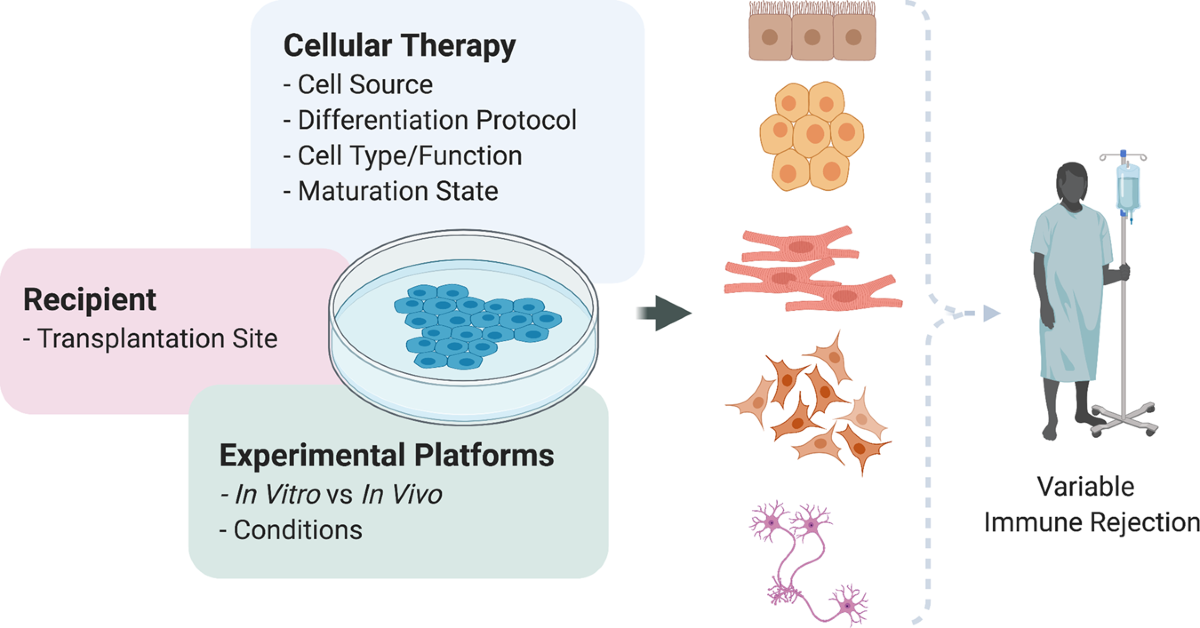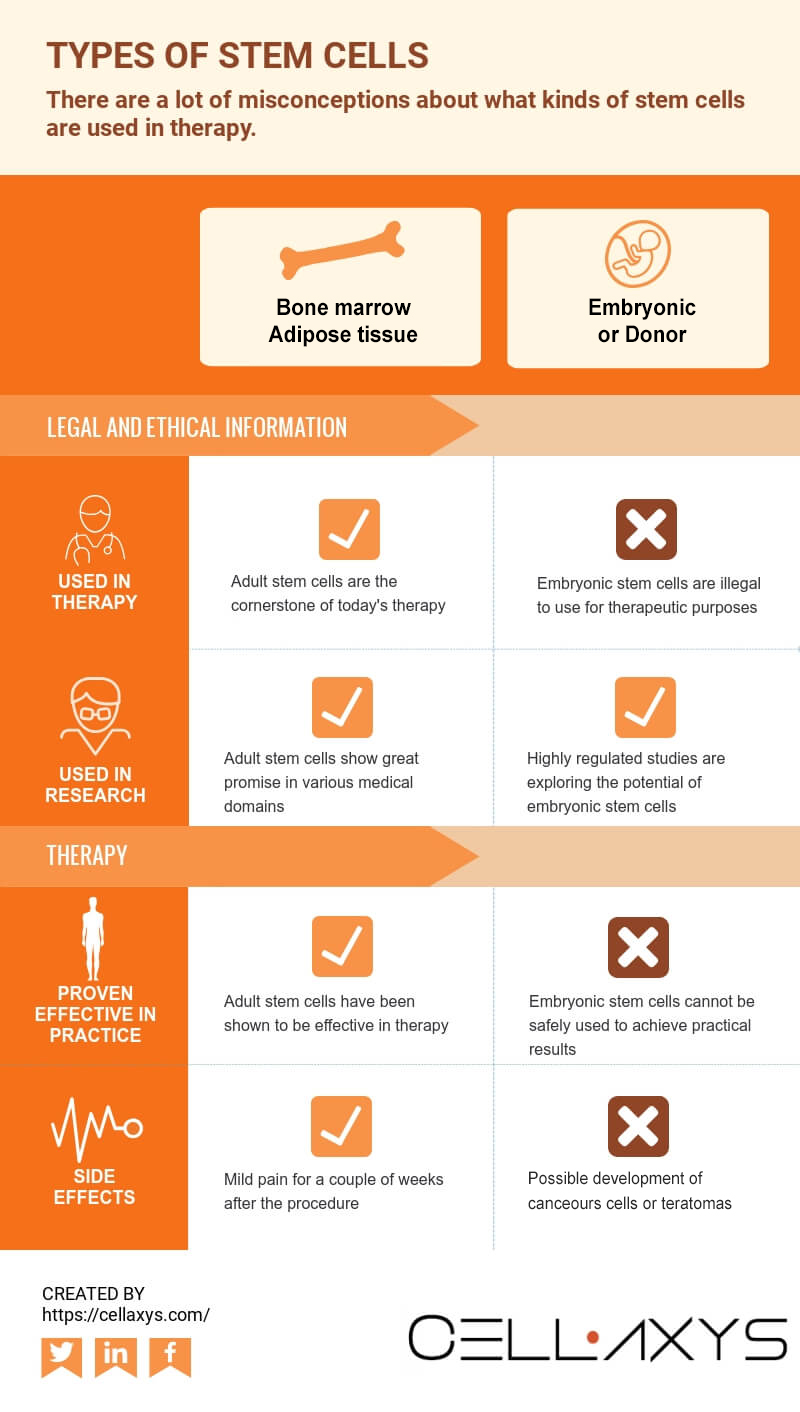Table of Contents

[/image][=video]
[/video]
There are numerous sorts of stem cells. Generally, the term stem cell describes a category of cells that provide rise to other cells (like skin, blood, heart, and muscle cells) by duplicating and setting apart in reaction to chemical signs. Totipotent stem cells appear at the earliest phase of advancement and are the only stem cells which can create beginning stem cells and the placenta.
Bone marrow transplant (BMT) is an unique treatment for people with particular cancers cells or other illness. A bone marrow transplant includes taking cells that are generally located in the bone marrow (stem cells), filtering those cells, and providing them back either to the benefactor (client) or to another individual. The goal of BMT is to transfuse healthy bone marrow cells right into an individual after his or her own harmful bone marrow has been dealt with to kill the unusual cells.
The blood cells that make other blood cells are called stem cells. The most primitive of the stem cells is called the pluripotent stem cell.
It is the stem cells that are required in bone marrow transplant. The goal of a bone marrow transplant is to treat several conditions and sorts of cancer. When the doses of chemotherapy or radiation required to cure a cancer are so high that an individual's bone marrow stem cells will be completely harmed or ruined by the therapy, a bone marrow transplant may be required.
Hormone Therapy in Lansing, Michigan
This process is usually called rescue. Replace bone marrow with genetically healthy and balanced operating bone marrow to prevent even more damage from a hereditary illness procedure (such as Hurler's syndrome and adrenoleukodystrophy). The dangers and advantages should be considered in a comprehensive conversation with your doctor and experts in bone marrow transplants prior to the procedure.
There are various types of bone marrow transplants depending upon that the donor is. The different sorts of BMT include the following: The benefactor is the client himself or herself. Stem cells are drawn from the patient either by bone marrow harvest or apheresis (a procedure of accumulating outer blood stem cells), icy, and then returned to the person after extensive treatment.
The donor shares the same hereditary type as the patient. Stem cells are taken either by bone marrow harvest or apheresis from a genetically matched benefactor, typically a sibling or sister. Other contributors for allogeneic bone marrow transplants may include the following: A haploid-identical match is when the contributor is a moms and dad and the hereditary match is at the very least half similar to the recipient.

Matching involves inputting human leukocyte antigen (HLA) tissue. The antigens on the surface of these special white blood cells identify the genetic makeup of a person's immune system. There go to least 100 HLA antigens; nonetheless, it is believed that there are a few significant antigens that identify whether a contributor and recipient suit.
Medical study is still examining the role all antigens play in the process of a bone marrow transplant. The even more antigens that match, the much better the engraftment of donated marrow. Engraftment of the stem cells takes place when the donated cells make their way to the marrow and begin making new members cells.
Stem Cell Therapy around Lansing, Michigan
All people collaborate to offer the very best chance for a successful transplant. The team contains the following: Doctor that specialize in oncology, hematology, immunology, and bone marrow hair transplant. A nurse who arranges all aspects of treatment offered prior to and after the transplant. The nurse planner will give individual education and learning, and works with the analysis testing and follow-up treatment.
Professionals who will aid you fulfill your nutritional demands before and after the transplant. They will certainly function very closely with you and your household. Experts that will help you come to be strong and independent with motion and endurance after the transplant. Chaplains that supply spiritual care and assistance. A number of other employee will certainly examine you before hair transplant and will give follow-up treatment as required.

A complete case history and physical test are performed, including numerous tests to review the individual's blood and organ functions (for example, heart, kidney, liver, and lungs). A person will certainly frequently come right into the transplant facility up to 10 days before transplant for hydration, examination, placement of the main venous line, and other prep work.
For an allogeneic transplant, a suitable (cells entered and matched) benefactor has to be offered. Voluntary marrow benefactors are registered in a number of national and international windows registries.
Benefactor resources readily available consist of: self, sibling, moms and dad or relative, nonrelated person, or umbilical cord from a related or nonrelated person. There are national and worldwide registries for nonrelated individuals and cord blood. Some relative may be typed as a result of the need to assist. These loved ones may or might not choose to have their type signed up for usage with other receivers.
Regenerative Therapy in Lansing
Examinations associated with his or her wellness, direct exposure to viruses, and genetic evaluation will certainly be done to establish the degree of the suit. The donor will be offered directions on how a bone marrow donation will certainly be made. As soon as a match for a client needing a bone marrow transplant is located, then stem cells will certainly be collected either by a bone marrow harvest.
Or by an outer blood stem cell collection. This is where stem cells are accumulated from the circulating cells in the blood.
Navigation
Latest Posts
Menopause Therapy local to Lansing, Michigan
Menopause Treatment
Medical Group around Lansing, Michigan